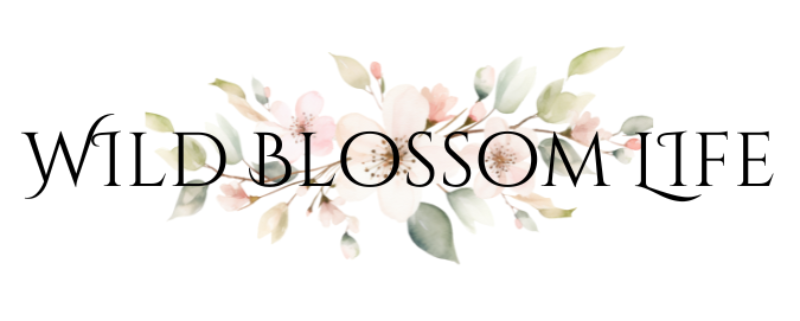At this time of year, the sun is still low in the sky and the shadows on the ground are longer. If there are trees, you might see the sun shining through the trunks.
It’s interesting to notice where the shadows on the tree trunks. On a bright day, depending on where the sun is in relation to the trees, you might notice that part of the trunk is in the sunlight, while another is in shadow. If there are a few trees, it can give the impression of vertical stripes.
A similar thing happens with gate posts and country fences, but because they are square, the stripes are more definite. Bits of buildings that are in shadow can give the impression of stripes as well.
With the kinds of fences people tend to have in their gardens, there might be a shadow that falls across the fence in a kind of triangle. And depending on where things are in relation to the sun, the shadows on the ground might make a kind of striped pattern as well.
Task
While you are out, take some time to notice shadows, especially those that form vertical stripes in the landscape. Notice where the shadows are, and the contrast between the bits that are in sunlight and those that are in shadow. Pay attention to the colours. If you can, make several trips out to the same place, at different times of day, and notice how the shadows change. Perhaps the colours change too.
You might like to take some photos while you are out, but it’s entirely up to you.
Creative Prompts
Draw the tree trunks. Don’t bother with the rest of the tree if you don’t want to. Focus on the shadows. You could try shading with pencil or charcoal, or cross hatching if you are using a pen.
Instead of drawing trunks with a pen or a pencil, you could draw them with stitches instead, and shade the shadows with stitching too. You could try cross hatching with the sewing machine!
Try applique. Have a look in your fabric scraps and see what you could use to make tree trunks or fence posts in shadow. You could use realistic colours, or not!
Sew strips of fabric together to give an impression of light and shadows.
You could knit or crochet stripes in a pattern of light and dark.
If you are somebody who saves selvedges, you could sew them to make a pattern of vertical stripes.
Paint stripes. Watercolour paints are good for this, because it’s easy to water them down to get different tints. If you are feeling brave and it’s not too cold, you could take some paints out with you and try to match the colours.
Monochrome stripes. Use any colour you like to create lighter and darker stripes. You could do a few in different colours, decide which ones you prefer and try to identify why.
Another idea for painting is to use unrealistic colours but with the right tints. So you might use a pale green for the light side, and a dark purple for the shadow side. Experiment with different colour combinations.
You could try the same exercise with fabric or yarn instead.
Another idea for sewing stripes is to use the fancy stitches on your sewing machine if it has them. Choose thread of different colours to suggest a pattern of sunshine and shadow.
The 3d cube quilt pattern creates an optical illusion by using darker and lighter patches. You could try something similar. Don’t feel that you have to do patchwork if you don’t want to; you could try to create something similar using coloured pencils.
Journal thoughts about the idea that shadows prove the sunshine.


